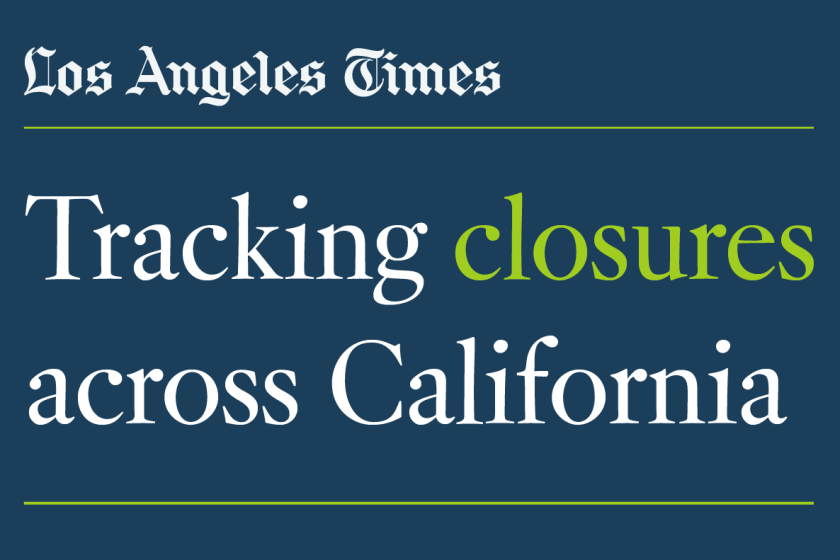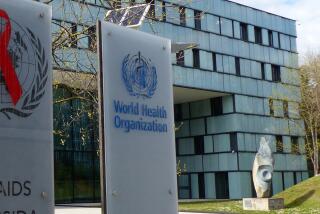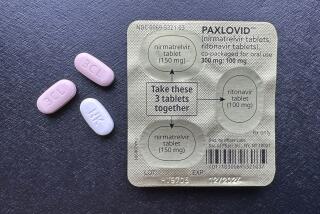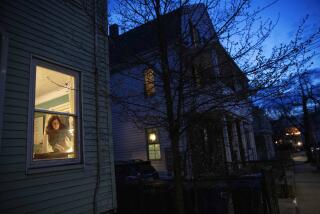CDC issues reopening guidelines for schools, transit and businesses after weeks of delay
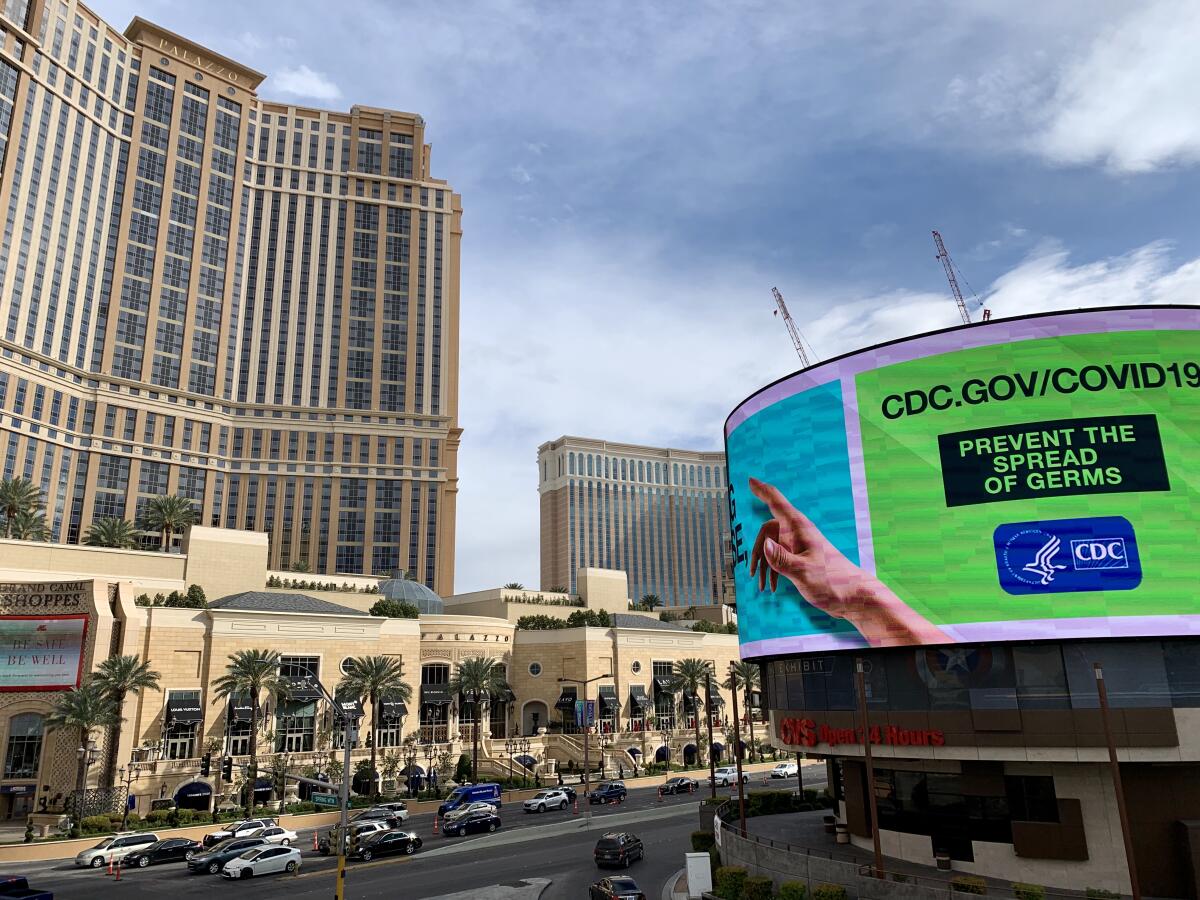
The federal government’s top infectious-disease experts quietly released their most detailed guidelines to date for reopening schools, restaurants, transit systems and other businesses disrupted by the coronavirus outbreak.
Posted online last week with little fanfare, the Centers for Disease Control and Prevention’s 60-page document includes six “decision trees,” or flow charts, offering checklists on when and how to safely reopen dining areas, subway cars, classrooms and child-care facilities. It also lays out the basic criteria for reopening, including ramping up testing and showing a 14-day decline in coronavirus cases.
States and counties are already in the process of rolling back restrictions and closures implemented because of the pandemic. An earlier, longer version of the guidelines was shelved by the White House for being too prescriptive. The Trump administration has given wide latitude to states to determine their reopening strategies.
Some familiar suggestions appear in the latest guidelines, including frequent handwashing and social distancing across all sectors. Others appear novel. In early stages, the CDC recommend restricting ridership on mass transit to crucial infrastructure workers and opening child-care facilities only to the children of essential workers, such as nurses and doctors.
Some codify ideas previously floated by health experts, such as staggering school start times and employee shifts to enhance social distancing, and installing sneeze guards at bars and other locations.
Not included in the guidelines are how houses of worship and religious institutions should operate, which were reportedly woven into an earlier version of the guidelines and removed over the Trump administration’s concerns that they infringed on religious freedom, according to a report by Politico.
To contain the spread of COVID-19, parks, restaurants and stores are slowly reopening.
More to Read
Sign up for Essential California
The most important California stories and recommendations in your inbox every morning.
You may occasionally receive promotional content from the Los Angeles Times.

